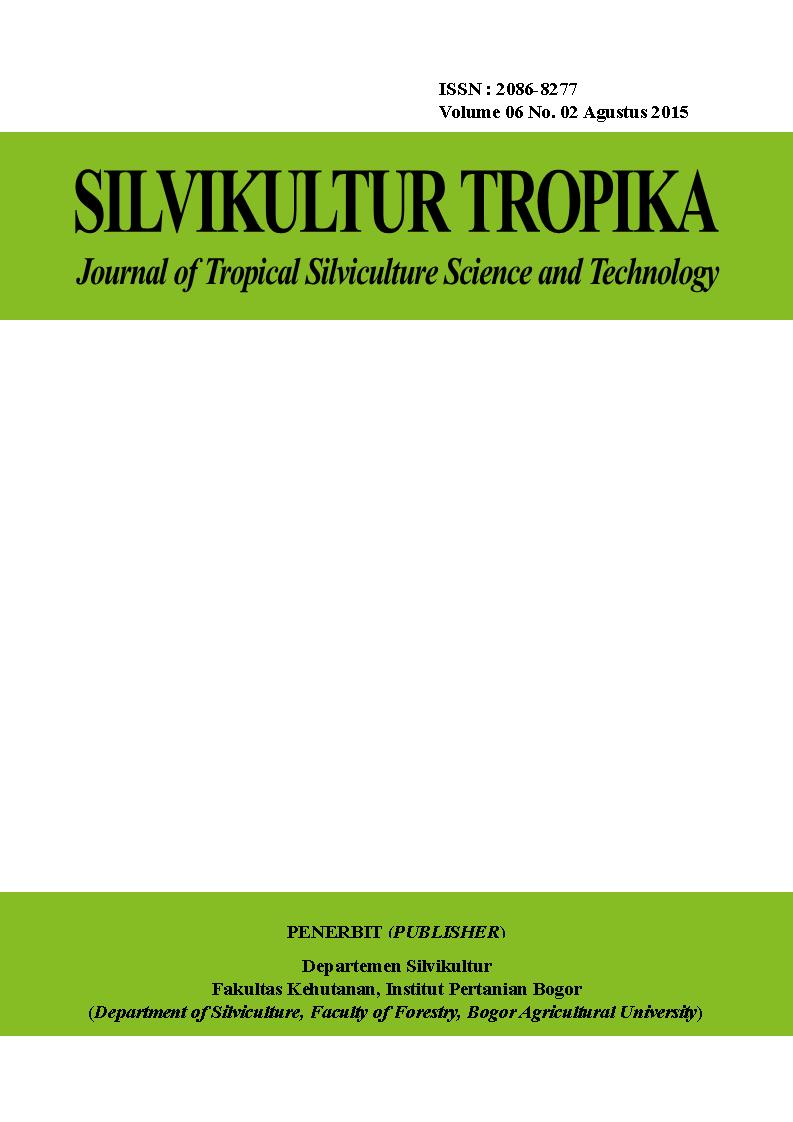Early Detection of Aluminum Toxicity on Bridelia monoica Merr. to Post Coal Mined Land in PT. Jorong Barutama Greston, South Kalimantan DETEKSI DINI KERACUNAN ALUMINIUM TANAMAN Bridelia monoica Merr. PADA TANAH PASCA TAMBANG BATU BARA PT. JORONG BARUTAMA
Abstract
High solubility of Aluminium (Al) and toxic on post coal mined land cause low level of growth plant. Soil analysis
used to ensure toxic level, thus the plant growth failure can be minimized. On the other hand, soil analysis is time
consuming and costly. A simple and effective method to detect the existence of Al in the soil is needed. Bridelia monoica
is a dominant pioneer tree which grow around mine location. This plant can survive on the dry land with low fertility, has
many utility and easily found around mining area. It is expected that B. monoica can be used as biologic indicator of Al
toxicity. The aim of this research was to determine the B. monoica response to Al toxicity on the post coal mined land at
PT. Jorong Barutama Greston. This research conducted at four different colours of soil (three colours from post coal
mined and original soil as control) with three replication. The data observed were root length, shape of root, amount of
leaf, leaf colour, and dry weight. This research resulted Al toxicity can decrease root length, amount of leaf, and dry
weight, and changing the root shape on B. monoica. The research concluded B. monoica can be used as biologic
indicator of Al toxicity.
Key words: Aluminium, Bridelia monoica, post coal mined soil










